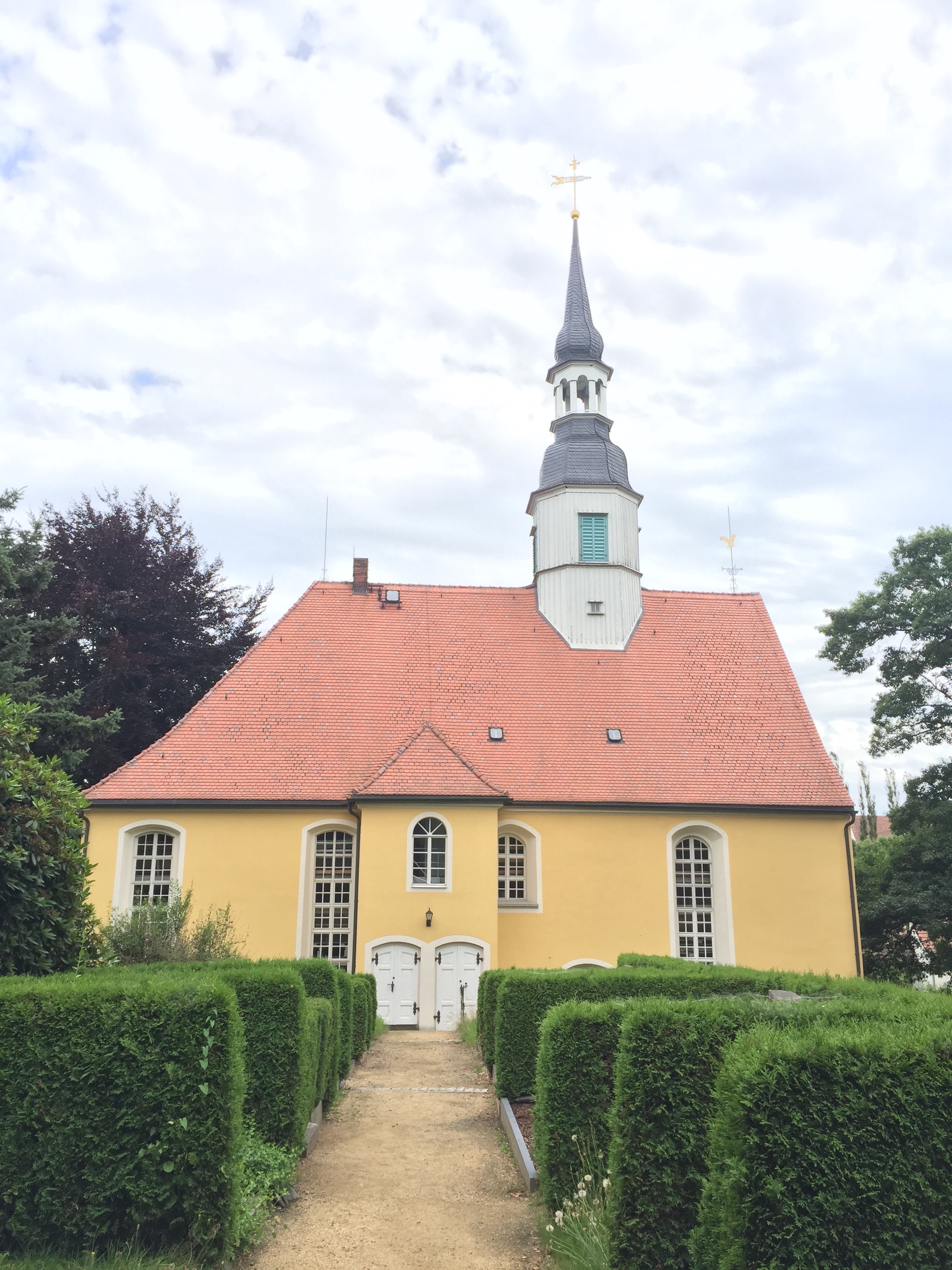Revival Series Part 3
by Jennifer A. Miskov, Ph.D., Revival Historian
Moravian Fire Ignited
On August 13th, 1727, German nobleman Count Nikolaus Von Zinzendorf gathered the Moravian refugees living on his property in Herrnhut to bring them to a place of unity and overturn the discord in their midst. That day in the chapel at Berthelsdorf they were invited to consecrate their lives afresh unto the Lord and with each other.
As they put aside their differences and came together as one, choosing to make a covenant of love with one another, the power of God and purifying fire of the Holy Ghost fell upon them. Revival had come. Where the enemy came to kill, steal, destroy, and take from this community born for unity, they answered back with a resolute firmness to stand against all schemes to divide. They knew their destiny was unity and love. Ever since that moment, what tried to divide them brought them closer together. Seeking unity was catalytic to ignite this flame. This event later became known as the Moravian Pentecost.
Stewarding the Fire through the Furnace of Prayer
Now that they had the fire, they realized they would need to steward it so they wouldn’t lose it. On August 27, 1727, just two weeks after the ancient outpouring of love, some in the Moravian community arranged “a system of Hourly Intercession” so that this blessing would not be lost.[i] Thus, the seeds for a 100-year prayer meeting was born.
And if you know the rest of their story which will be coming out in my next book, from this place of prayer, they launched the Protestant mission’s movement where some Moravian missionaries eventually intersected with John Wesley in a storm. As they kept their eyes on Jesus in the midst of the raging sea, Wesley was struck by their faith and greatly impacted. He had his heart warming defining moment not long after and then became a part of catalyzing the First Great Awakening and then the Methodist movement with its circuit riders.
When God moves in power, it’s important to steward what He’s poured out. We need new wine skins to hold the new wine.
Once the Moravian community experienced revival in family, they realized that the fire needed to be stewarded so it wouldn’t burn out. They saw a need to build a “fireplace” to sustain the fire. The Lord led them to steward this fire in the furnace of continual prayer and intercession in the context of covenant.
If they tried to steward the fire that was released in the Moravian Pentecost by doing what they had always done before, that would no longer cut it. They needed to cultivate a new wine skin for the new wine the Holy Spirit was pouring out. Thus, a new wine skin was birthed to hold the new wine. Life was born and then structure was implemented to steward it, not the other way around. You can’t structure to find life. Once you have life, add wisdom to help focus it in the right direction.
Encounters welcome us into new seasons and new eras. This requires a reformation of the things we used to do before. If we have a radical encounter with God and nothing changes in our lives, we may have missed the point or not stewarded it well for its destined purpose. The Moravians recognized that something significant had occurred in their midst. They wanted the fire to increase and not to wane. Hence, a new fireplace of 24/7 prayer was birthed.
Questions for Reflection
When you have a powerful encounter with God personally or corporately, ask Him how you are to steward that encounter. Does He want you to change a rhythm in your life or take something out of your schedule to walk in greater consecration? Is He asking you to let go of something (a commitment, relationship, rhythm)? Is He inviting you to add a new discipline to your schedule to be intentional about stewarding what He is doing in your life in the new season? If He is releasing new wine, what does the new wine skin to steward that look like in this season?
Learn More
Read about my trip visiting the historic site of the Moravian Pentecost HERE
See what happened when I released the testimony of the Moravians on a ministry trip in Washington
NOTES
[i] J.E. Hutton M.A., A History of the Moravian Church (second edition, revised and enlarged) (London: Moravian Publication Office 32 Fetter Lane, 1909), 211.















